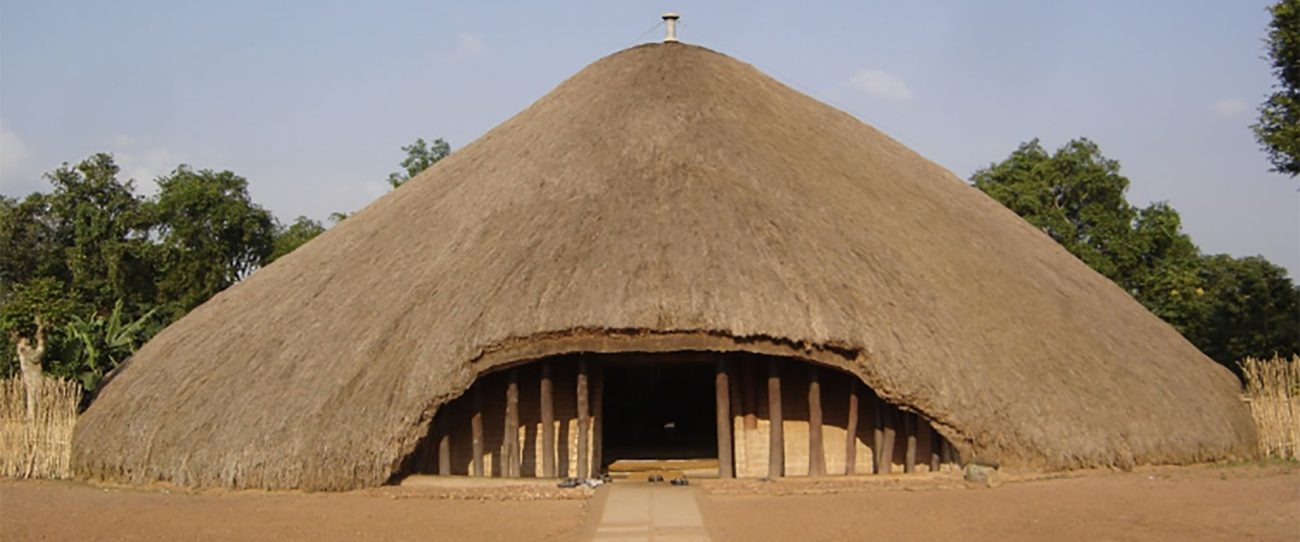Buganda Kingdom, founded in the 13th century has got one of the richest cultures on earth. People of Buganda Kingdom are called Baganda and have lived in central Uganda for centuries. They are referred to as the Baganda.
Kasubi royal tombs is a magnificent site, located on one of the 7 original hills that make Kampala city. The site is a major spiritual centre for the Baganda where traditional and cultural practices have been preserved.
Kasubi tombs is the burial ground for the previous four kings (Kabakas) which qualifies it as a religious centre for the royal family, a place where the Kabaka and his representatives carry out important rituals related to Buganda culture. The site represents a place where communication links with the spiritual world are maintained.
The main tomb building, which is circular and surmounted by a dome, is a major example of an architectural achievement that was raised with use of vegetal materials comprised of wooden poles, spear grass, reeds and wattle. Its unusual scale and outstanding details bear witness to the creative genius of the Baganda and as a masterpiece of form and craftsmanship, it is an exceptional surviving example of an architectural style developed by the powerful Buganda Kingdom since the 13th Century.
At its core on the hilltop is the main tomb building, locally referred to as the “Muzibu-Azaala-Mpanga” which is a masterpiece of this ensemble. Four royal tombs now lie within the Muzibu-Azaala-Mpang building,
The four previous Kabakas (Kings) of Buganda that were buried here are;
Muteesa I (1835–1884), Mwanga II (1867–1903) (died in exile on the Seychelles Islands, and remains returned in 1910), Daudi Chwa II (1896–1939) and Sir Edward Muteesa II (1924–1969) (died in exile in London, and remains returned in 1971).
In 2001, the royal tombs became a UNESCO World Heritage, regarded as “one of the most remarkable buildings using purely vegetal materials in the entire region of sub-Saharan Africa”. The royal place is also recognized as one of the major spiritual centre for the Baganda and is the most active religious place in the kingdom.

